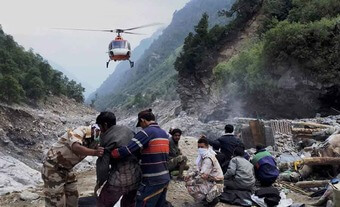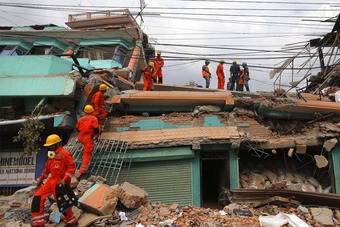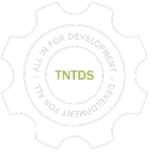Disaster Response
Challenges
South India, like many other countries, is susceptible to a range of natural and man-made disasters. These disasters can have devastating consequences for the population, infrastructure, and the environment. Here are some of the major types of disasters that India faces:
South India is often shattered by floods, cyclones and prone to Tsunami too since it has long coast lines. Emerging climate change also fuels such catastrophes. Droughts, earth quakes also join these destructions.
Pandemics: Like the rest of the world, India faced the COVID-19 pandemic, which had caused 5, 32, 027 deaths and far-reaching impacts on public health and the economy.
To mitigate the impact of these disasters, India has developed disaster management agencies and policies at the national and state levels. These agencies work on preparedness, response, recovery, and mitigation strategies to minimize the loss of life and property during disasters. Additionally, community awareness and disaster resilience-building efforts are ongoing to better prepare vulnerable populations for potential disasters.


Our impact
TNTDS has responded to droughts, cyclones and floods whenever they affect the people in the region. It has a set of emergency response framework based on SPHERE guidelines and has an accredited South Asian TOT. The team under him has taken up humanitarian aid programs in the last 2 decades.
Its response to South Asian Tsunami 2004 is remarkable. It created permanent structures like public awareness and, response task force and trained counselors in the area. Its Tsunami response was visited and appreciated by various Indian NGOs and delegates from abroad especially the French Humanitarian Aid agencies.
TNTDS has trained more than 60 Indian NGOs who have commitments in responses in Livestock, Emergencies, Guidelines and Standards (LEGS).
Subsequent Plan
TNTDS has plans to establish a resource center for emergency response with resources collected from Government of India and International Humanitarian Aid agencies and research centers.
